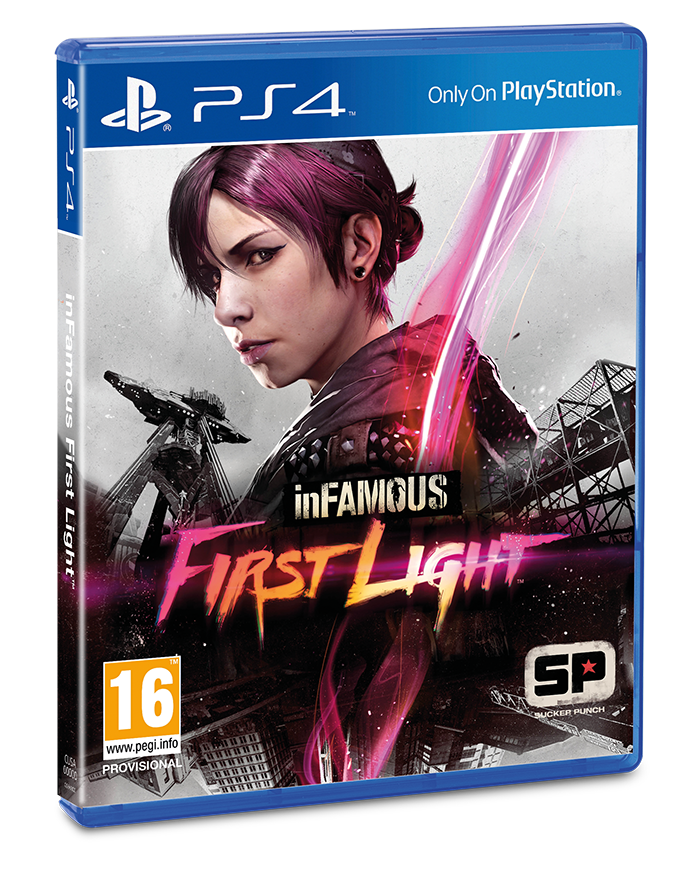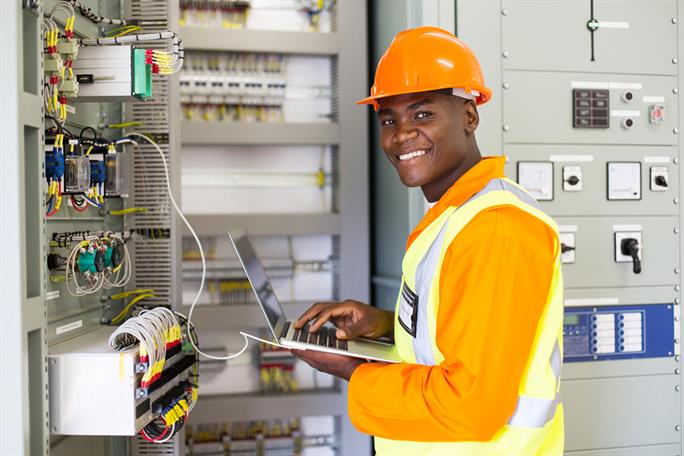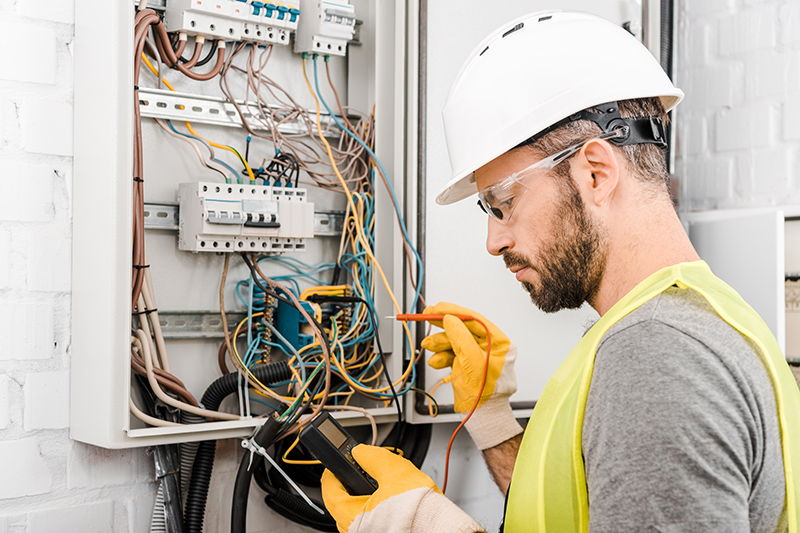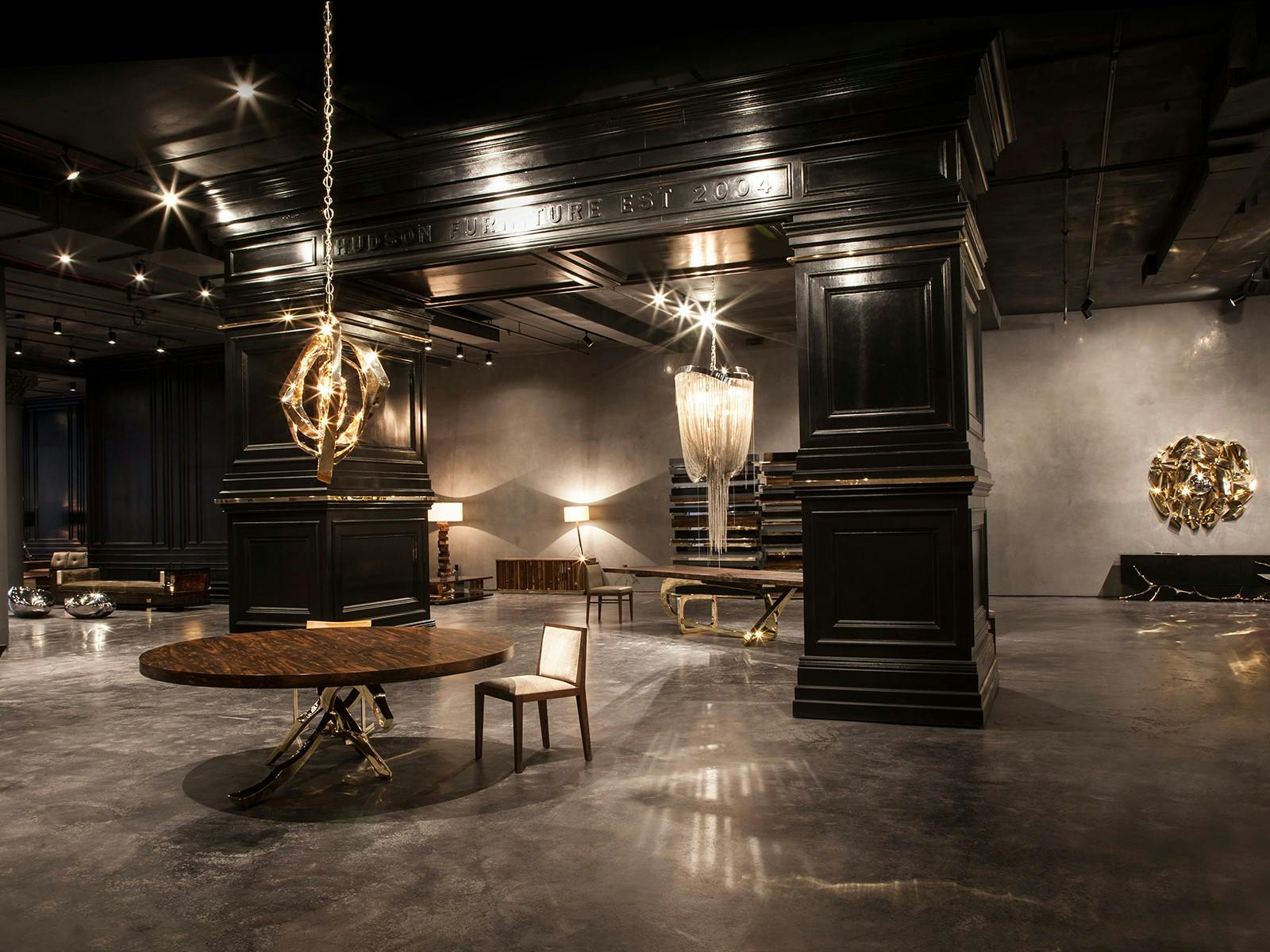1. Check the circuit breaker
If your fluorescent light in the kitchen suddenly stops working, the first thing you should do is check the circuit breaker. This is often the culprit when it comes to electrical issues. Look for the breaker that controls the kitchen lights and see if it has tripped. If it has, flip it back on and see if the light starts working again.
If the breaker continues to trip, it could be a sign of a larger electrical issue and you may need to call an electrician for further assistance.
2. Replace the light bulb
Before assuming there is a bigger problem with your fluorescent light, check to see if the light bulb simply needs to be replaced. Fluorescent bulbs have a lifespan of around 10,000 hours, so if it has been a while since you changed it, it may be time for a new one.
Make sure to use the correct type and wattage of bulb for your fixture. If the bulb is not the issue, move on to the next step.
3. Check the light switch
The next step is to check the light switch itself. Make sure it is in the on position and that it is functioning properly. You can use a voltage tester to see if there is power coming to the switch. If there is no power, then the issue may be with the switch and it will need to be replaced.
4. Inspect the wiring
If the light switch is not the issue, the problem may lie within the wiring. Turn off the power to the light and carefully inspect the wiring for any signs of damage or loose connections. If you are not comfortable working with electrical wiring, it is best to call a professional to handle this step.
5. Replace the ballast
The ballast is a small device that regulates the electrical current to the fluorescent light. If the ballast is faulty, it can cause the light to flicker or not turn on at all. You can usually find a replacement ballast at your local hardware store. Make sure to turn off the power before replacing the ballast.
6. Clean the light fixture
Sometimes, a simple cleaning can solve the issue with a fluorescent light not working. Dust and debris can build up on the light fixture and cause it to malfunction. Use a damp cloth to wipe down the fixture and see if that makes a difference.
7. Check the starter
Fluorescent lights have a starter that helps to ignite the gas inside the bulb. If the starter is faulty, it can prevent the light from turning on. Check the starter and see if it needs to be replaced. If you are unsure, it is best to consult a professional.
8. Replace the socket
If the light bulb and starter are not the issue, the problem could be with the socket. Over time, sockets can become worn or damaged, causing the light to not work properly. Turn off the power and replace the socket, making sure to use the correct type for your fixture.
9. Inspect the light cover
The light cover, or diffuser, is the plastic or glass cover that goes over the fluorescent bulbs. If it is cracked or damaged, it can affect the performance of the light. Replace the light cover if necessary and see if that solves the problem.
10. Call an electrician
If you have exhausted all of these troubleshooting steps and your fluorescent light is still not working, it may be time to call in a professional electrician. They will have the expertise and equipment to diagnose and fix any electrical issues that may be causing the problem.
It is important to address any issues with your kitchen lighting as soon as possible, as it is a vital part of your daily routine. By following these tips and seeking professional help when needed, you can get your fluorescent light back up and running in no time.
Why is the Fluorescent Light in Your Kitchen Not Working?
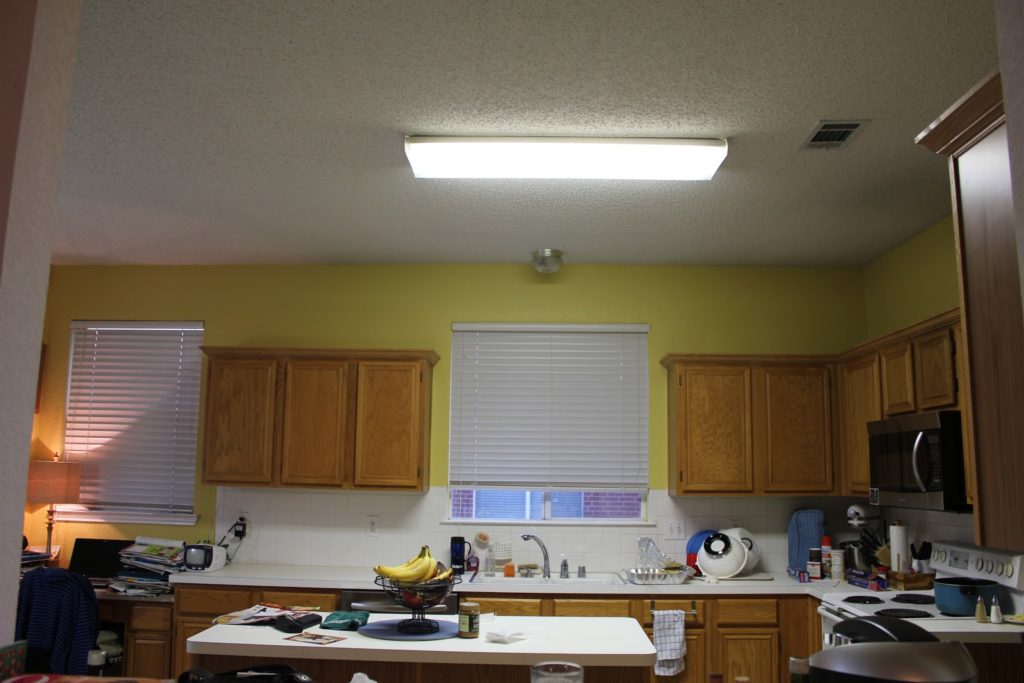
A Common Household Issue
 Fluorescent lights are a popular choice for kitchen lighting due to their energy efficiency and brightness. However, it is not uncommon for these lights to suddenly stop working, leaving homeowners frustrated and in the dark. So, what could be causing this issue?
Fluorescent lights are a popular choice for kitchen lighting due to their energy efficiency and brightness. However, it is not uncommon for these lights to suddenly stop working, leaving homeowners frustrated and in the dark. So, what could be causing this issue?
Faulty Bulb
 The most common reason for a fluorescent light not working is a faulty bulb. Over time, these bulbs can burn out, resulting in a lack of light. Luckily, replacing a bulb is a quick and easy fix. However, it is important to note that fluorescent bulbs have a limited lifespan and will need to be replaced periodically.
The most common reason for a fluorescent light not working is a faulty bulb. Over time, these bulbs can burn out, resulting in a lack of light. Luckily, replacing a bulb is a quick and easy fix. However, it is important to note that fluorescent bulbs have a limited lifespan and will need to be replaced periodically.
Loose Connection
 Another possible cause for a non-working fluorescent light is a loose connection. This can happen due to vibrations from everyday use or from accidentally bumping the light fixture. If the light flickers or turns on and off intermittently, it is likely that there is a loose connection. In this case, simply tightening the connection should solve the issue.
Another possible cause for a non-working fluorescent light is a loose connection. This can happen due to vibrations from everyday use or from accidentally bumping the light fixture. If the light flickers or turns on and off intermittently, it is likely that there is a loose connection. In this case, simply tightening the connection should solve the issue.
Ballast Failure
 The ballast is a component of the fluorescent light that regulates the electrical current. When the ballast fails, the light will not turn on at all. This is a more serious issue and will require the help of a professional electrician to replace the ballast.
The ballast is a component of the fluorescent light that regulates the electrical current. When the ballast fails, the light will not turn on at all. This is a more serious issue and will require the help of a professional electrician to replace the ballast.
Power Supply Problems
 If none of the above solutions fix the issue, it could be a problem with the power supply. A tripped circuit breaker or a faulty electrical outlet could be the culprit. It is important to have a licensed electrician inspect and fix any electrical issues to ensure the safety of your home.
If none of the above solutions fix the issue, it could be a problem with the power supply. A tripped circuit breaker or a faulty electrical outlet could be the culprit. It is important to have a licensed electrician inspect and fix any electrical issues to ensure the safety of your home.
In Conclusion
 A non-working fluorescent light in the kitchen may seem like a small inconvenience, but it can affect the overall functionality and ambiance of the space. By identifying the cause of the issue and taking the necessary steps to fix it, you can ensure that your kitchen is well-lit and functional once again. Remember to always exercise caution when dealing with electrical issues and seek professional help if needed.
A non-working fluorescent light in the kitchen may seem like a small inconvenience, but it can affect the overall functionality and ambiance of the space. By identifying the cause of the issue and taking the necessary steps to fix it, you can ensure that your kitchen is well-lit and functional once again. Remember to always exercise caution when dealing with electrical issues and seek professional help if needed.








:max_bytes(150000):strip_icc()/circuit-breakers-how-to-reset-a-circuit-breaker-1152756-hero-e69fdfecd2d64a06800fa0f77089c98f.jpg)


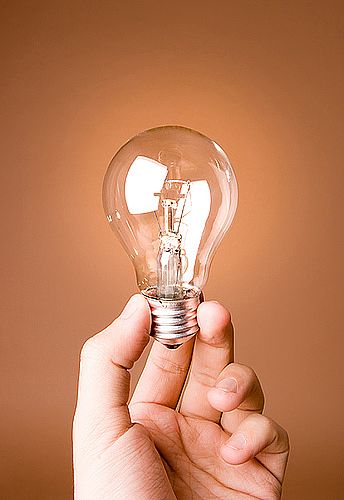
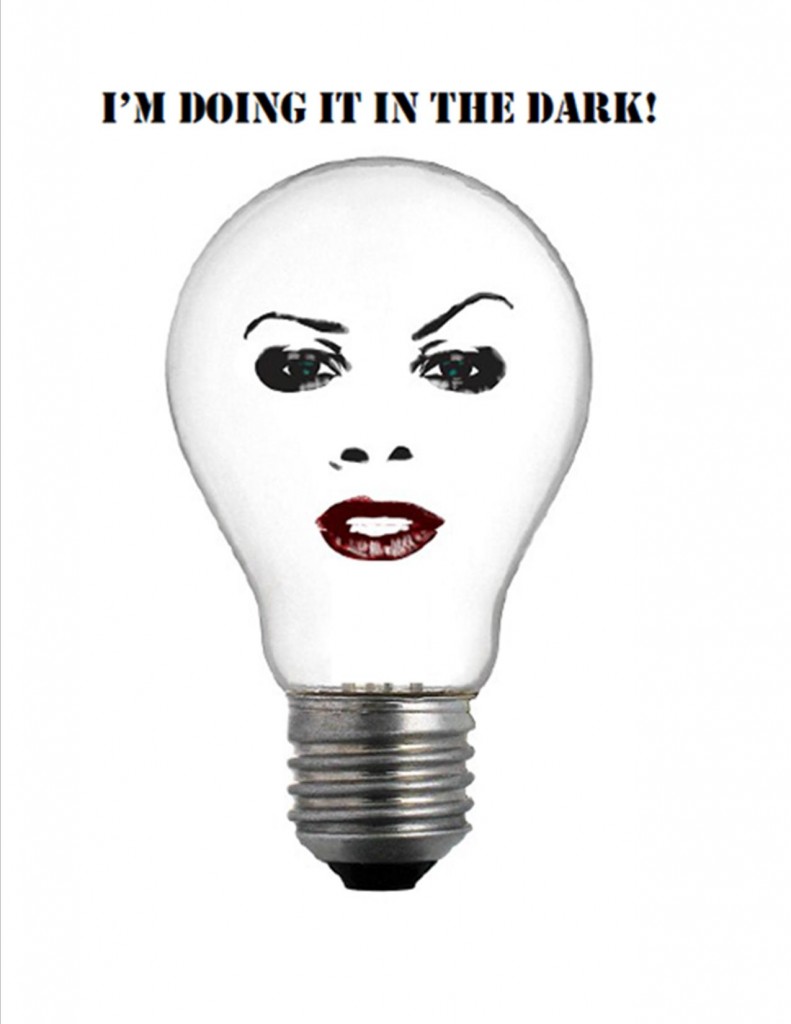

:max_bytes(150000):strip_icc()/LED-Light-Bulb-462540883-56a4a16f3df78cf77283537b.jpg)















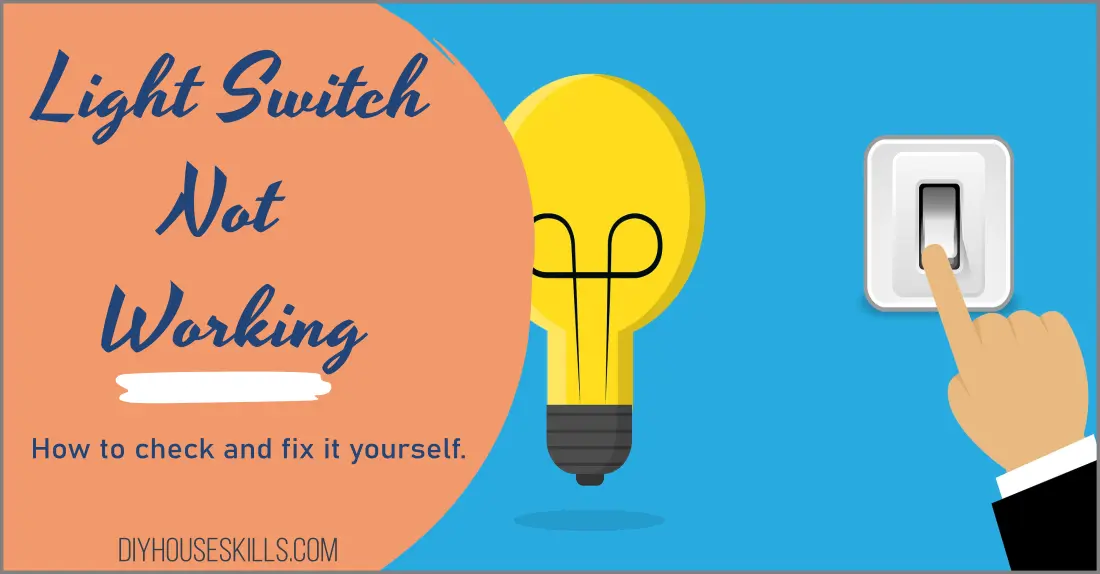



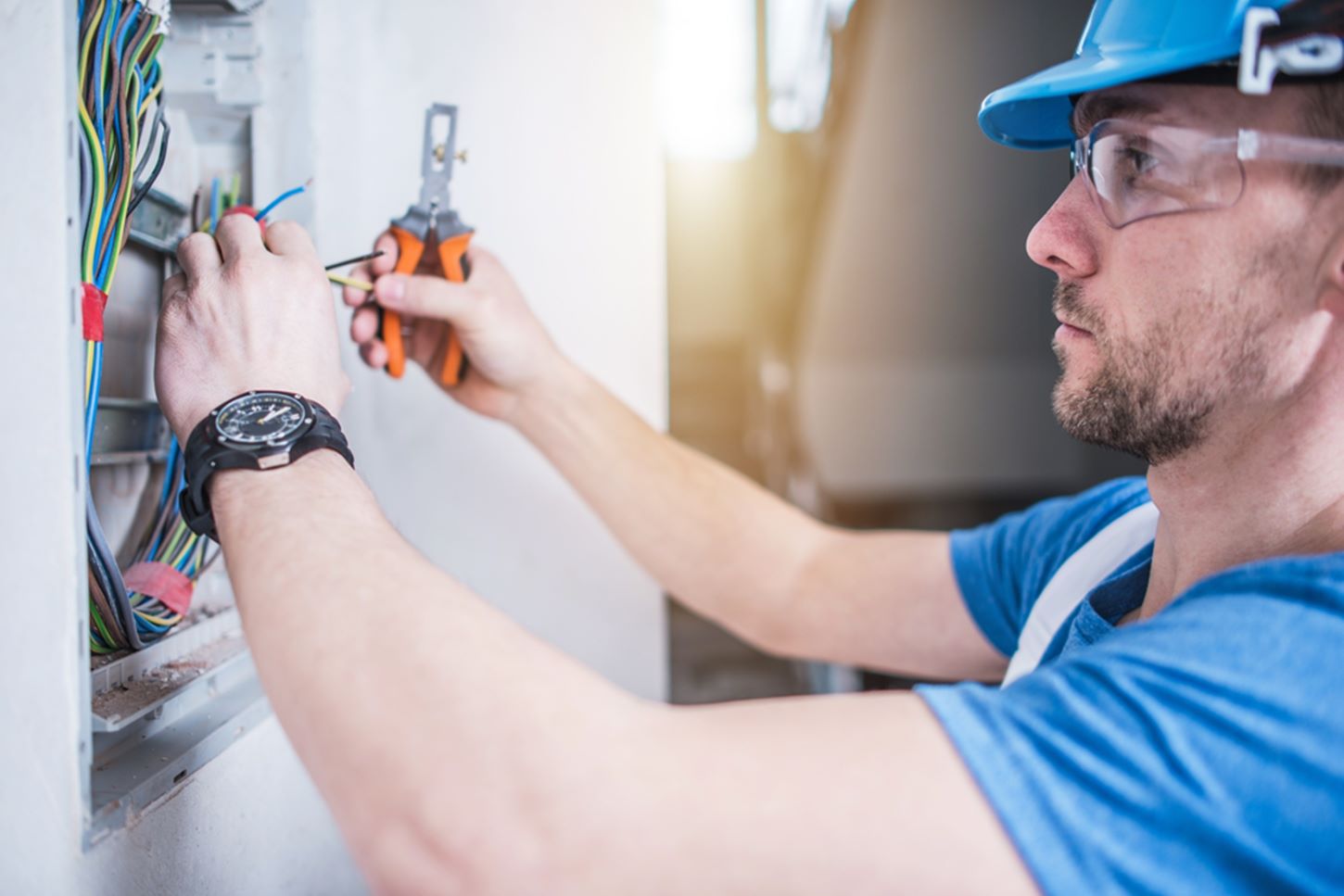
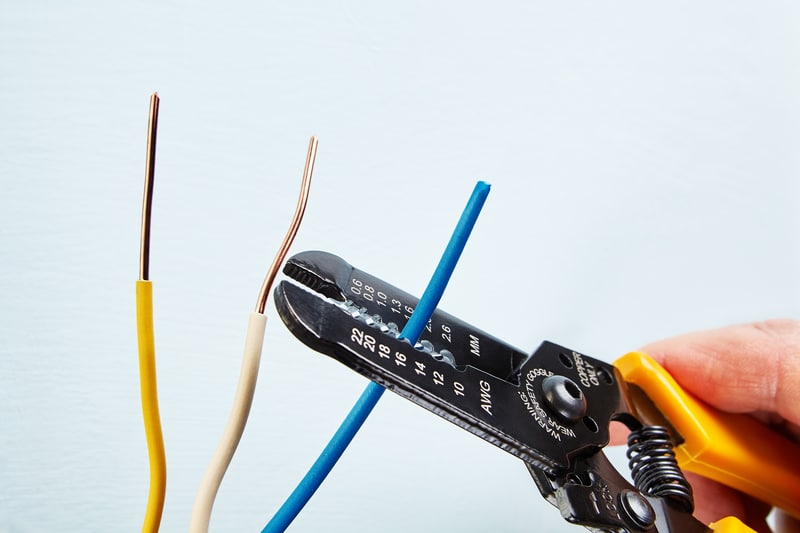





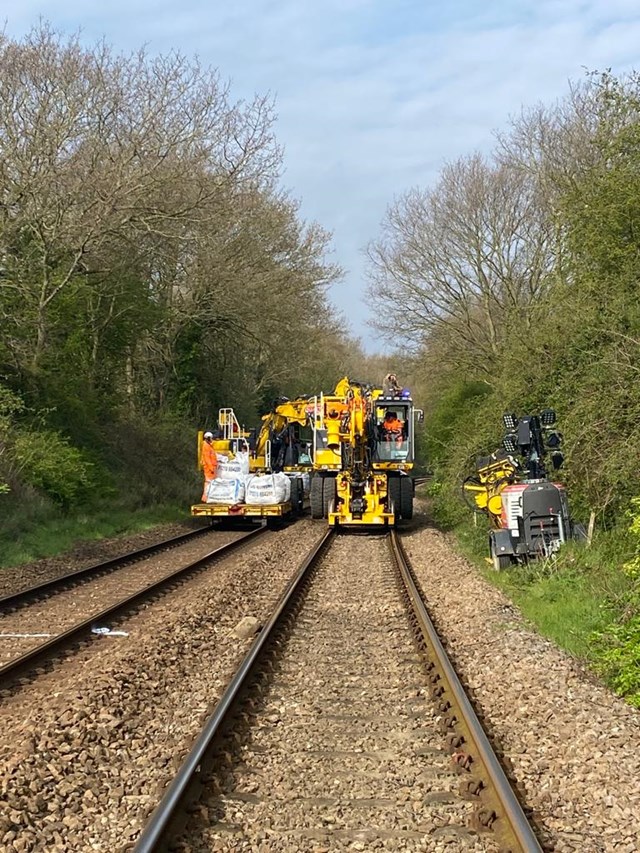

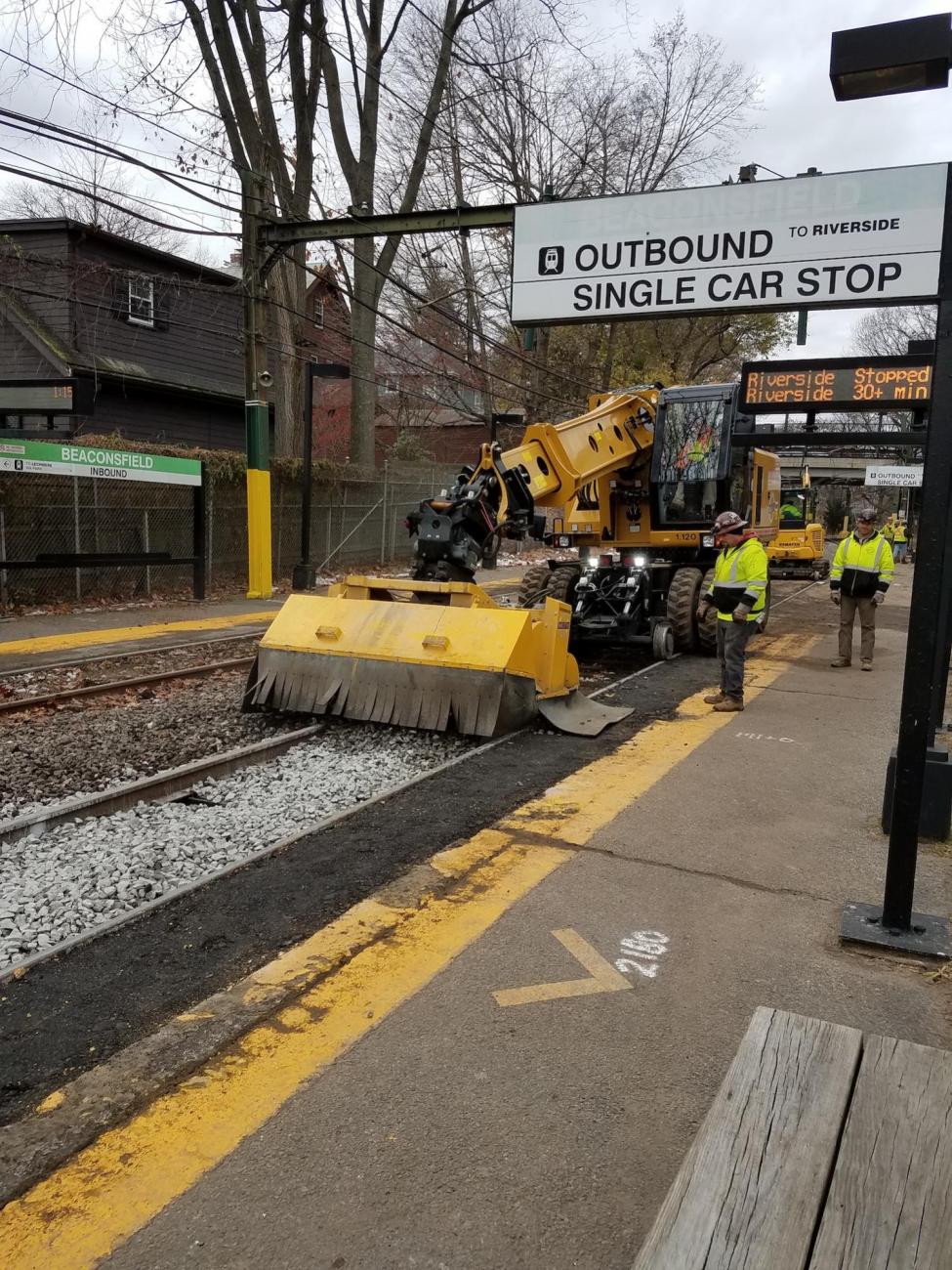


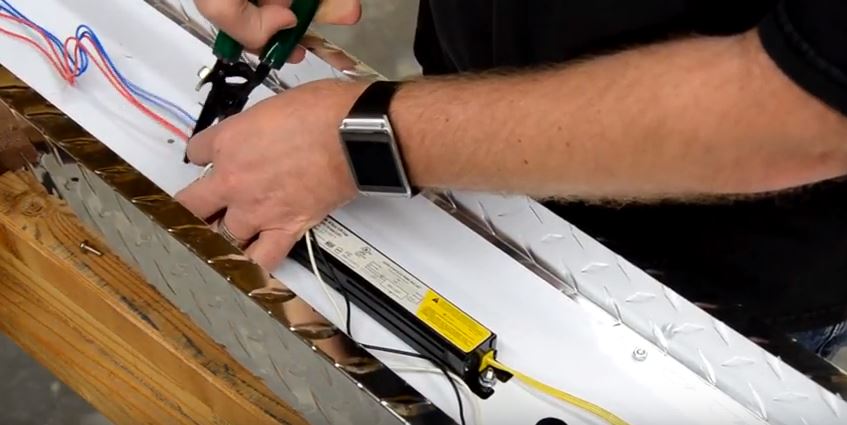

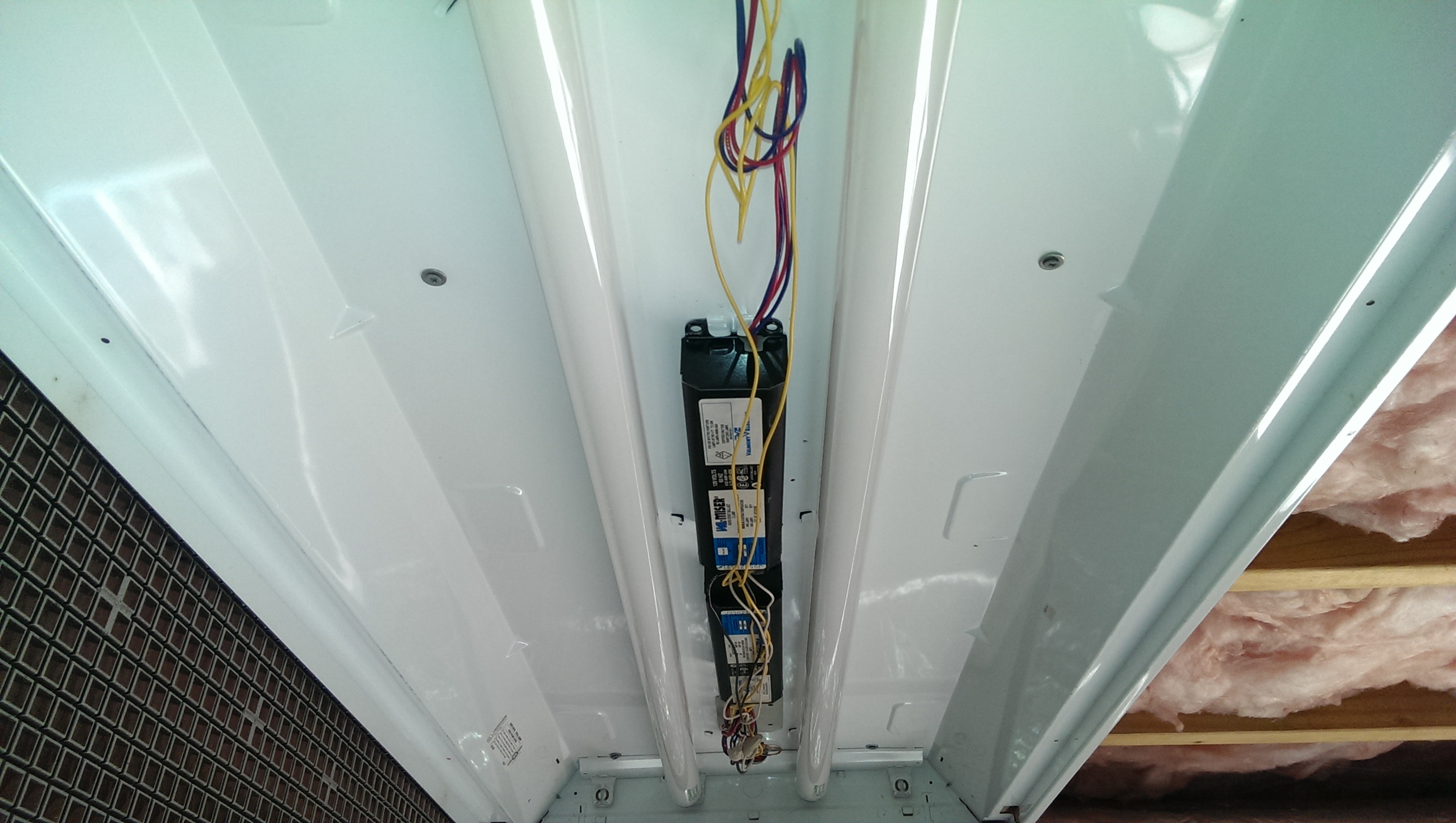



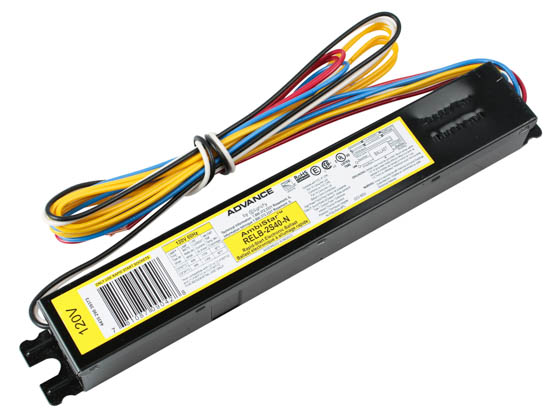





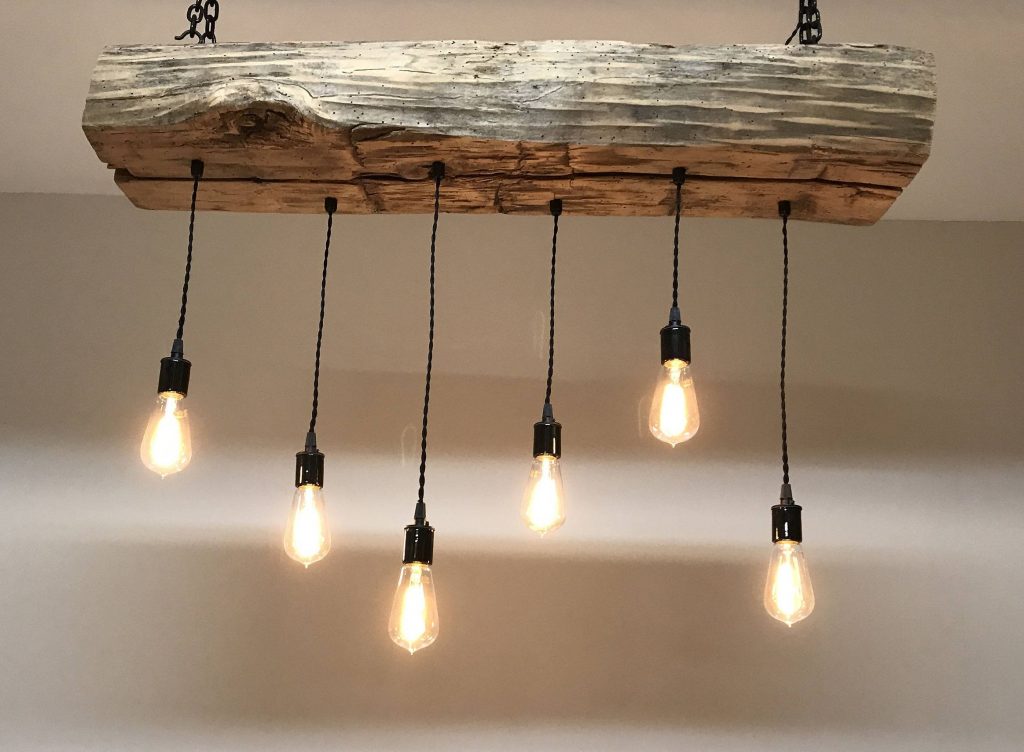

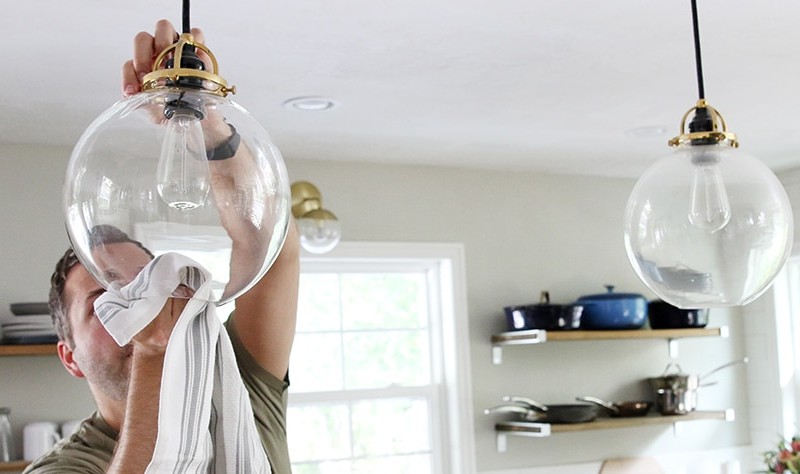




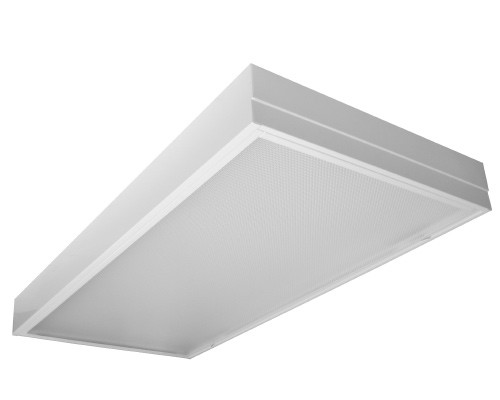


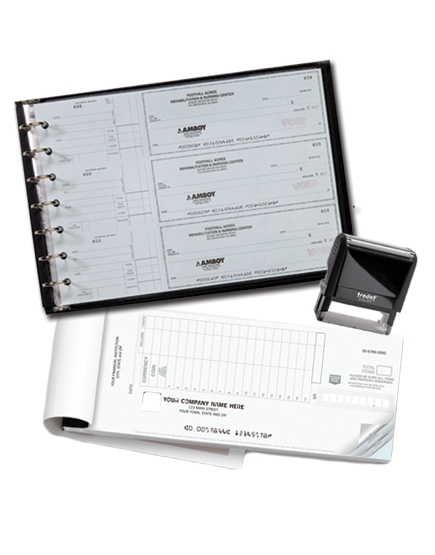









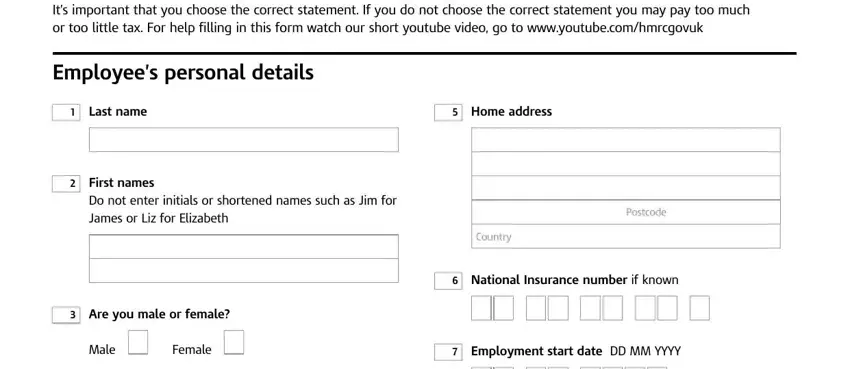


:max_bytes(150000):strip_icc()/replace-a-light-socket-1152456-04-04474832ec8d44ab8384513dc7637d63.jpg)
:max_bytes(150000):strip_icc()/replace-a-light-socket-1152456-02-8bd64a138d224caa92aff623c443ebd4.jpg)




:max_bytes(150000):strip_icc()/replace-a-light-socket-1152456-06-d0ca51cd7288468fac235ffac6967e9e.jpg)

